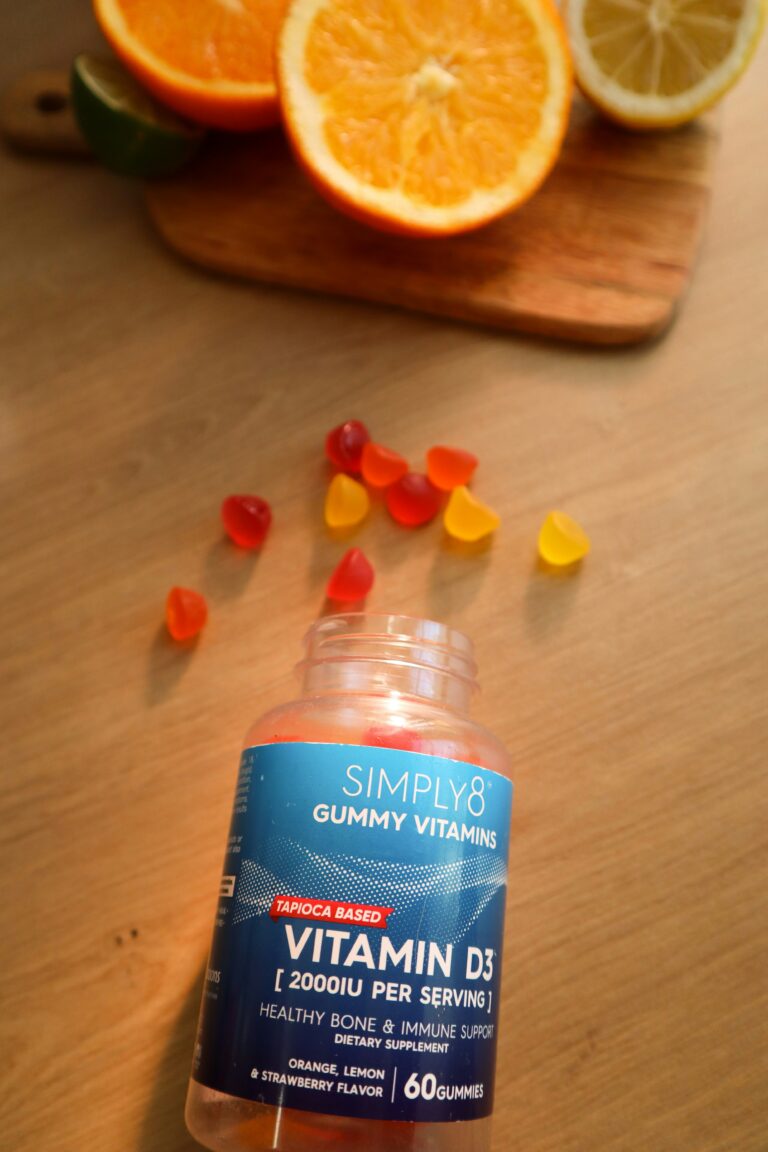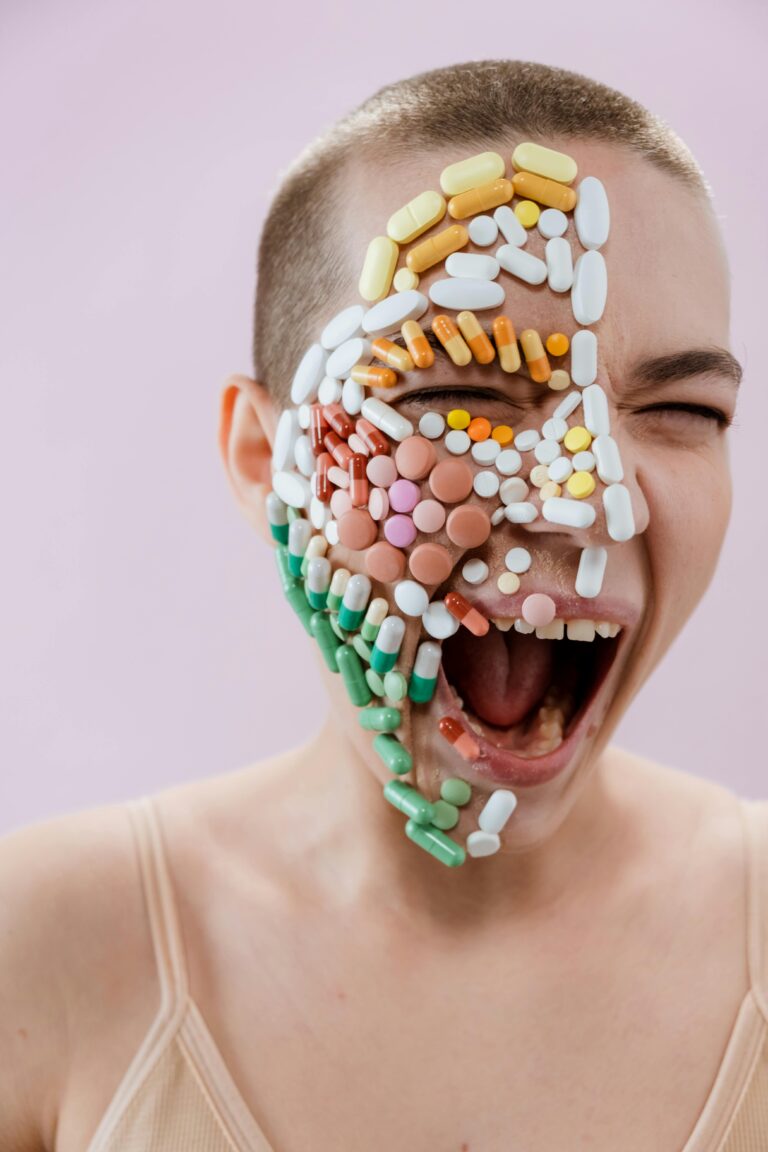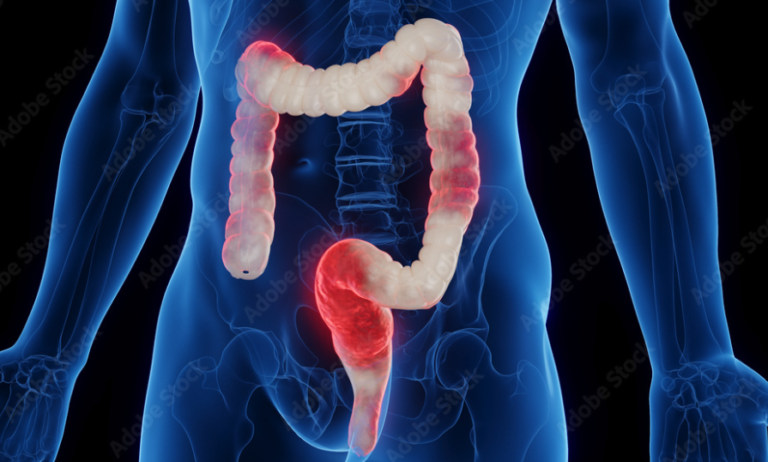Dealing with painful nipple cracks while breastfeeding? Discover newly researched treatments, expert-backed prevention tips, and the latest healing products for breastfeeding moms.

Breastfeeding shouldn’t look like a battle, yet 89% of first-time breastfeeding moms experience nipple cracks or pain in the first week according to Journal of Human Lactation, 2025
23% of moms with severe nipple cracks stop breastfeeding within the first 2 weeks (Lancet Breastfeeding Study, 2025)
But the good news is 68% of those who persist see improvement by Week 3 with proper care. Does that mean you can take care of that and see improvement so fast,
The WHO recommends breastfeeding for 2 years, so you will have to take care of yourself for 2 to 3 weeks to see amazing results for the rest of the 2 years, right? 😀… right? 🔪
Fastest Healing Methods from nipple cracks while breastfeeding
What Causes Nipple Cracks in Breastfeeding Women?
– Poor latch: Baby’s improper positioning is the #1 culprit.
– Dry or sensitive skin: Hormonal changes make nipples more vulnerable.
– Incorrect pump use: Flange size or suction settings may cause damage.
– Thrush or infections: Fungal/bacterial infections worsen cracks.
– Overwashing: Harsh soaps strip natural oils, leading to dryness.
– New skincare products: Some popular postpartum creams now linked to irritation.
– Stress & hydration: 2025 studies confirm stress worsens nipple healing.
How to Heal nipple cracks while breastfeeding fast
– Apply lanolin or nipple cream: Safe for baby, promotes healing.
– Use breast milk: Its antibacterial properties aid recovery.
– Hydrogel pads: Cool relief + moisture for damaged skin.
– Warm compresses: Ease pain and improve blood flow.
– Avoid tight bras: Let nipples air-dry between feeds.
2025 updates about nipple cracks while breastfeeding healing methods
– Medical-grade silver cups: Now recommended over hydrogel pads.
– Prescription “Nipple Rescue Serums”: Faster healing than lanolin.
– LED light therapy: At-home devices approved for nipple repair.
– Probiotic nipple sprays: Balances skin microbiome to prevent infections.
– 3D-printed nipple shields: Custom-fit for severe cracks.
Preventing Nipple Cracks: Best Practices
The must do:
– Perfect the latch: Look for signs of a deep, pain-free latch. for more infos you can find a video on this link on how to know if your baby is perfectly latched
– Moisturize daily: Use ultra-pure nipple balms (no additives).
– Alternate breastfeeding positions: Reduce pressure on sore spots.
– Check pump settings: Ensure proper flange fit and gentle suction.
– Stay hydrated: Skin elasticity improves with water intake.
2025 updates on prevention tips:
– Latch training apps: AI-guided positioning for perfect attachment.
– Prebiotic nipple balms: Supports skin health before cracks start.
– Smart pump alerts: Tells you when suction is too high.
– Post-feed “nipple recovery” routine: Cold therapy + moisture sealing.
When to Call a Specialist
– Cracks bleed or don’t heal in 3–5 days.
– Signs of infection (redness, pus, fever).
– Shooting pain (could indicate thrush or vasospasm)
With today’s advanced treatments and expert strategies, you can heal quickly and nurse comfortably. If pain persists, reach out to a specialist many now offer virtual consults
Want a diet to boost your milk? check out this article






